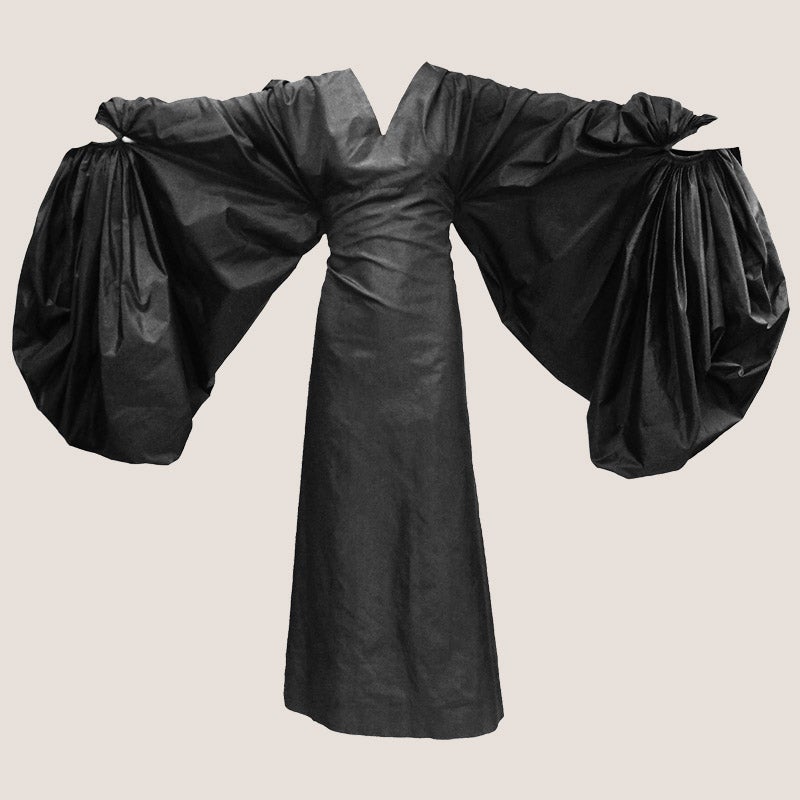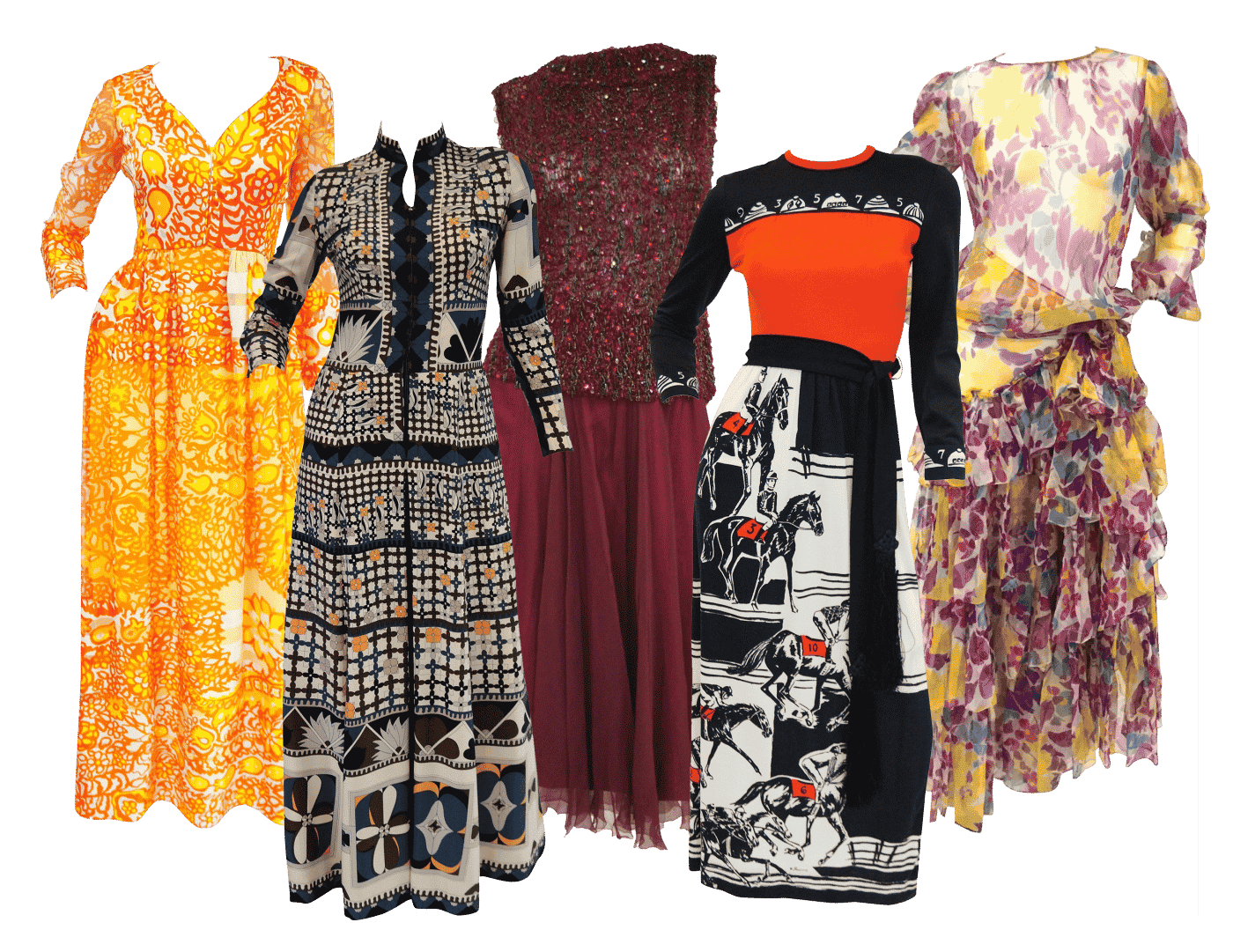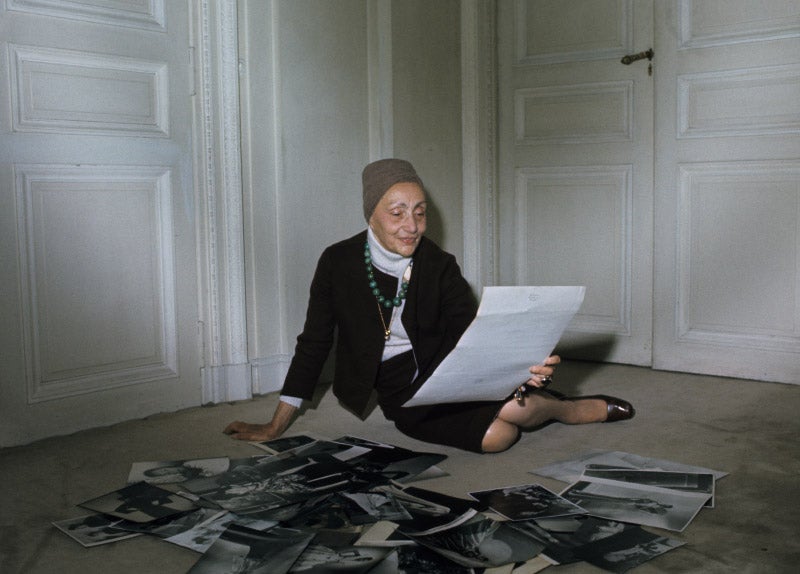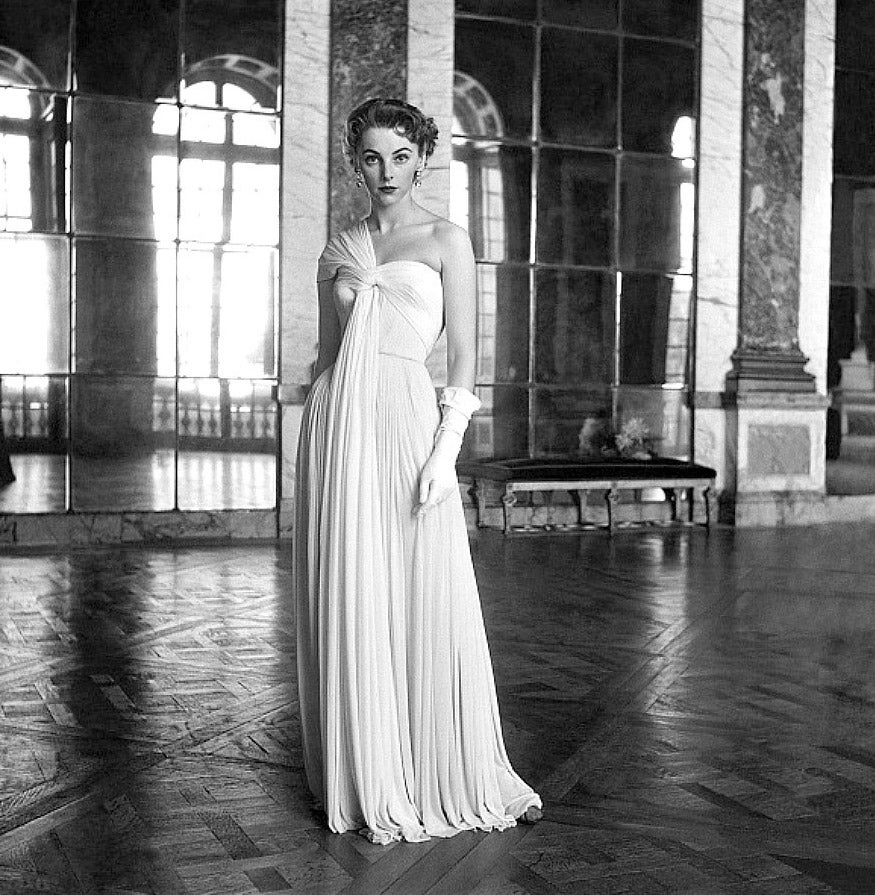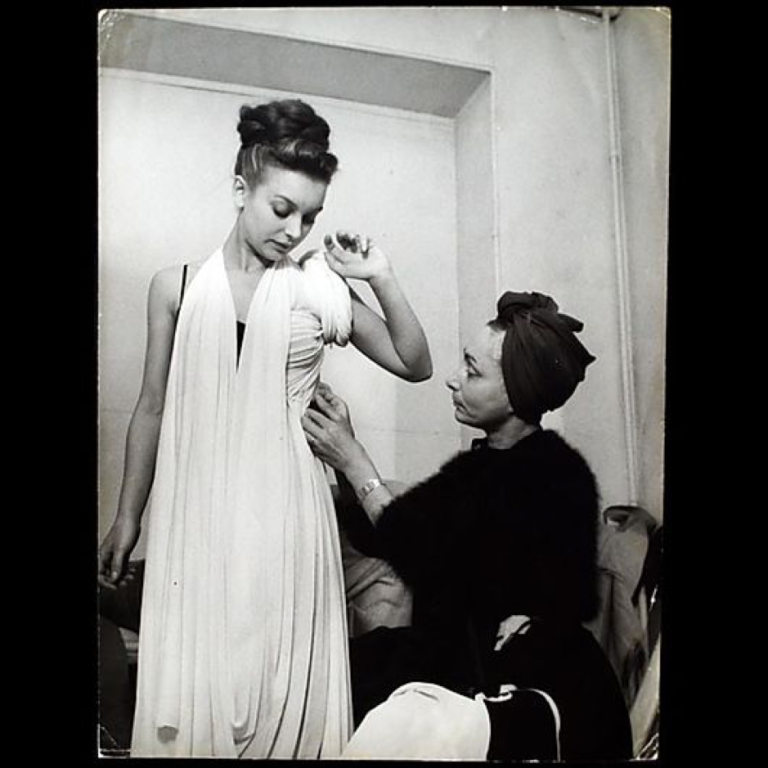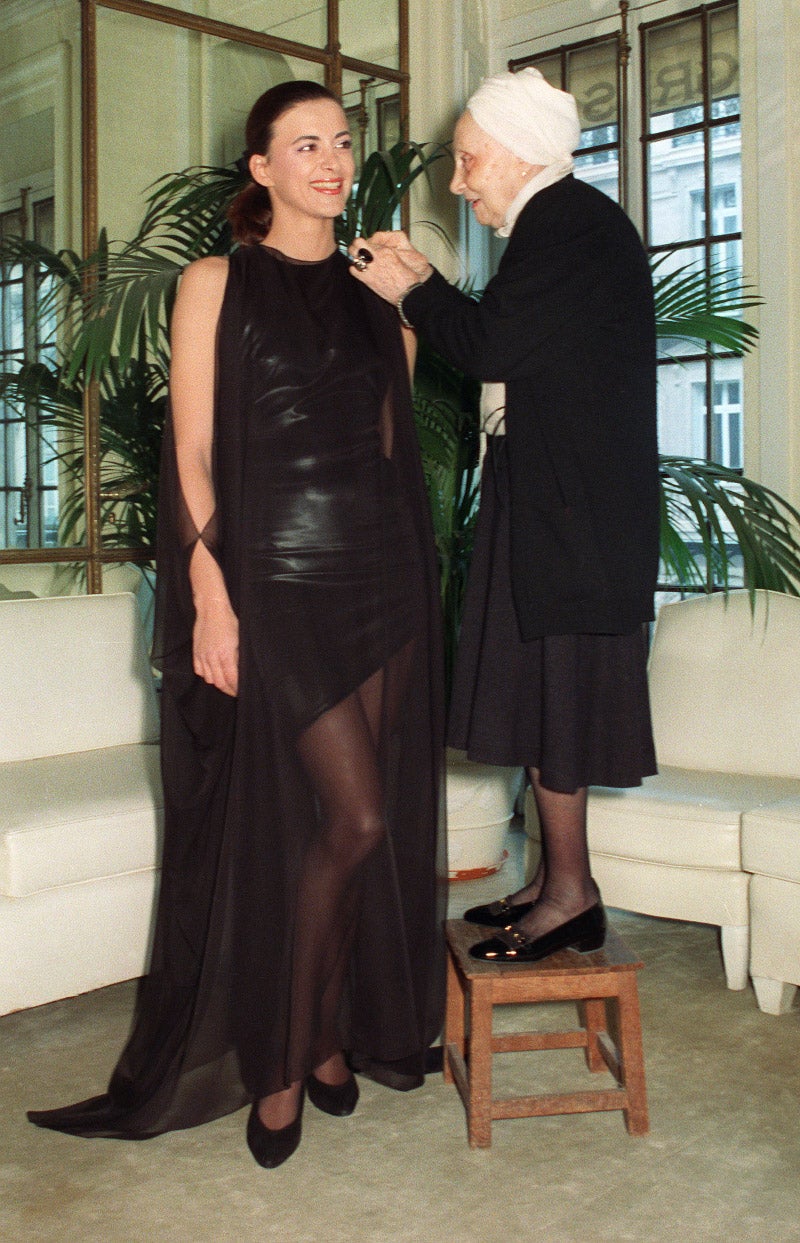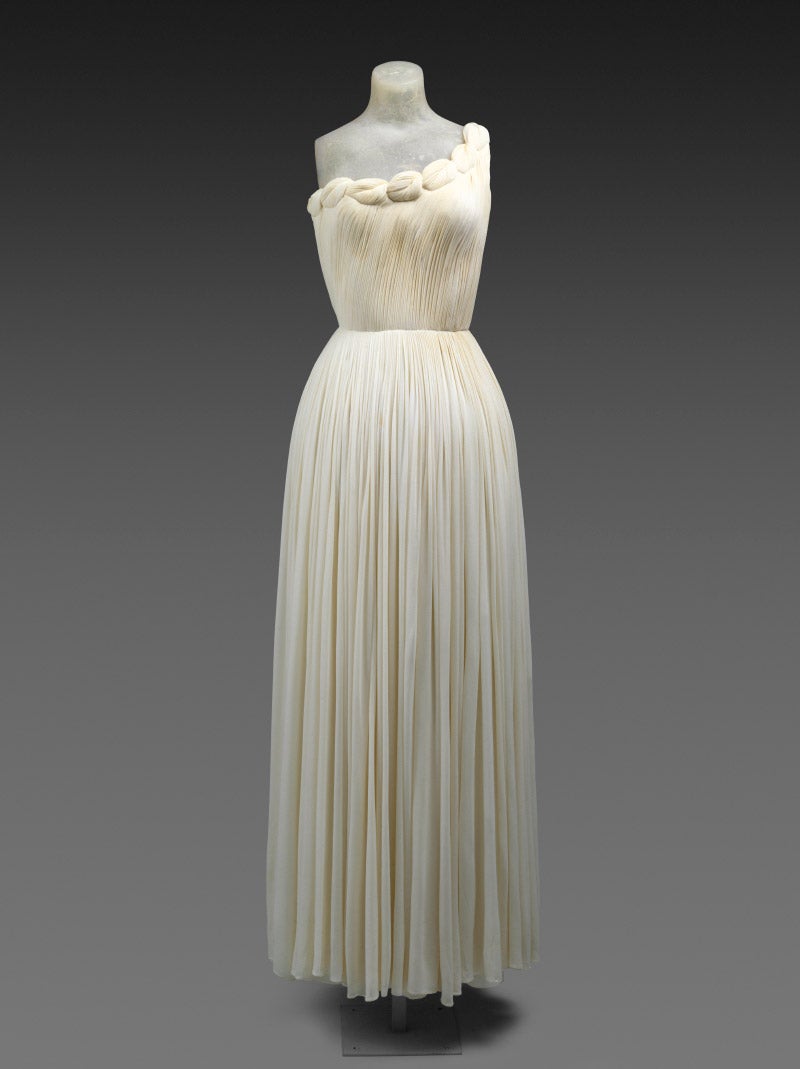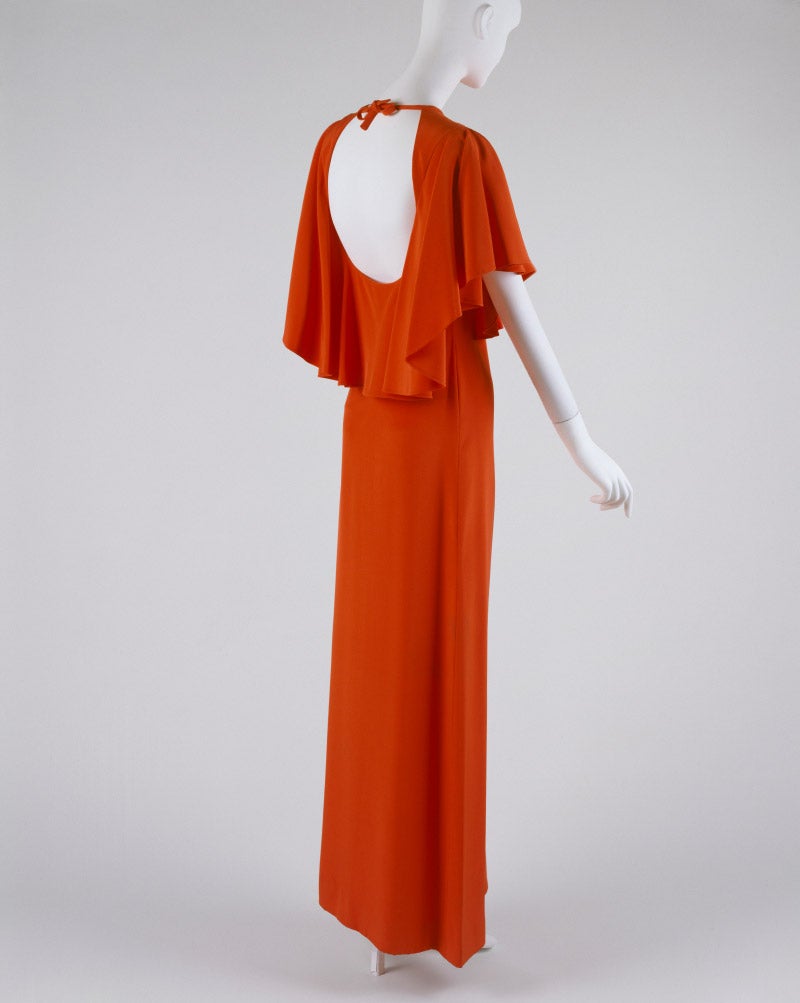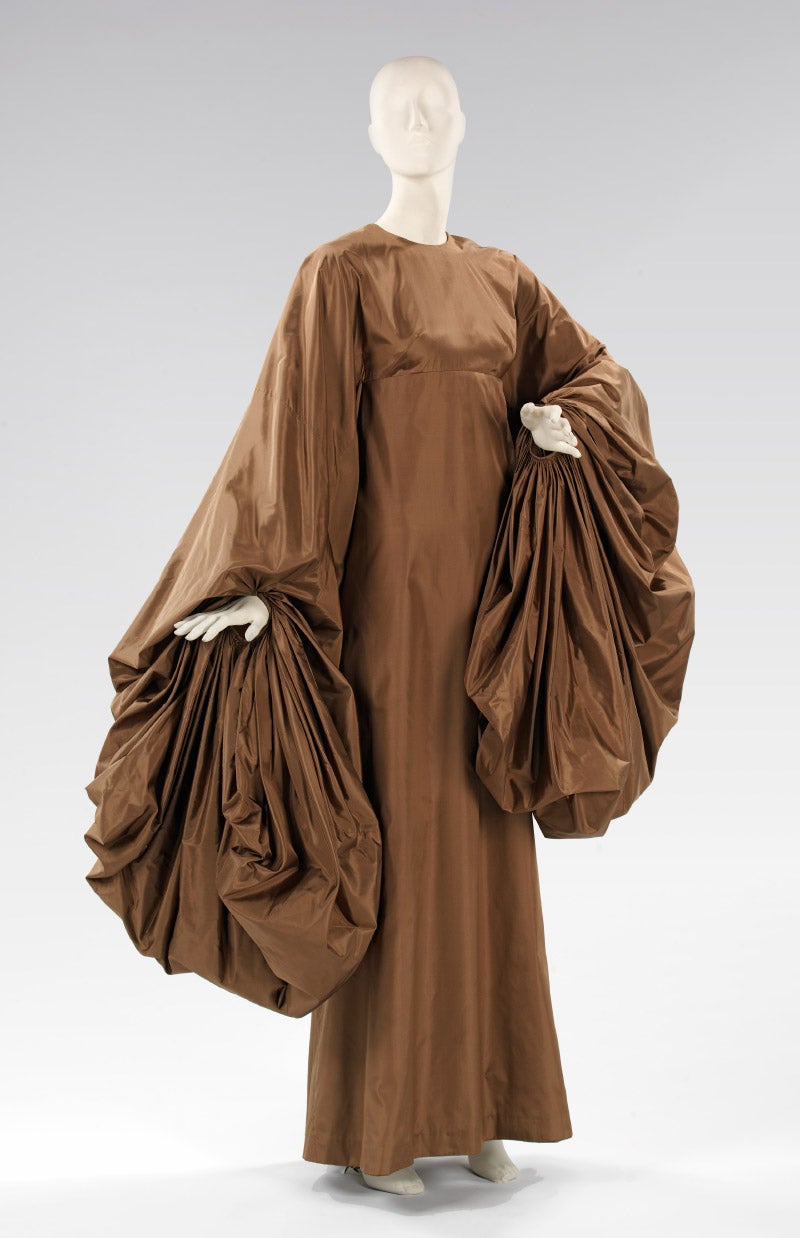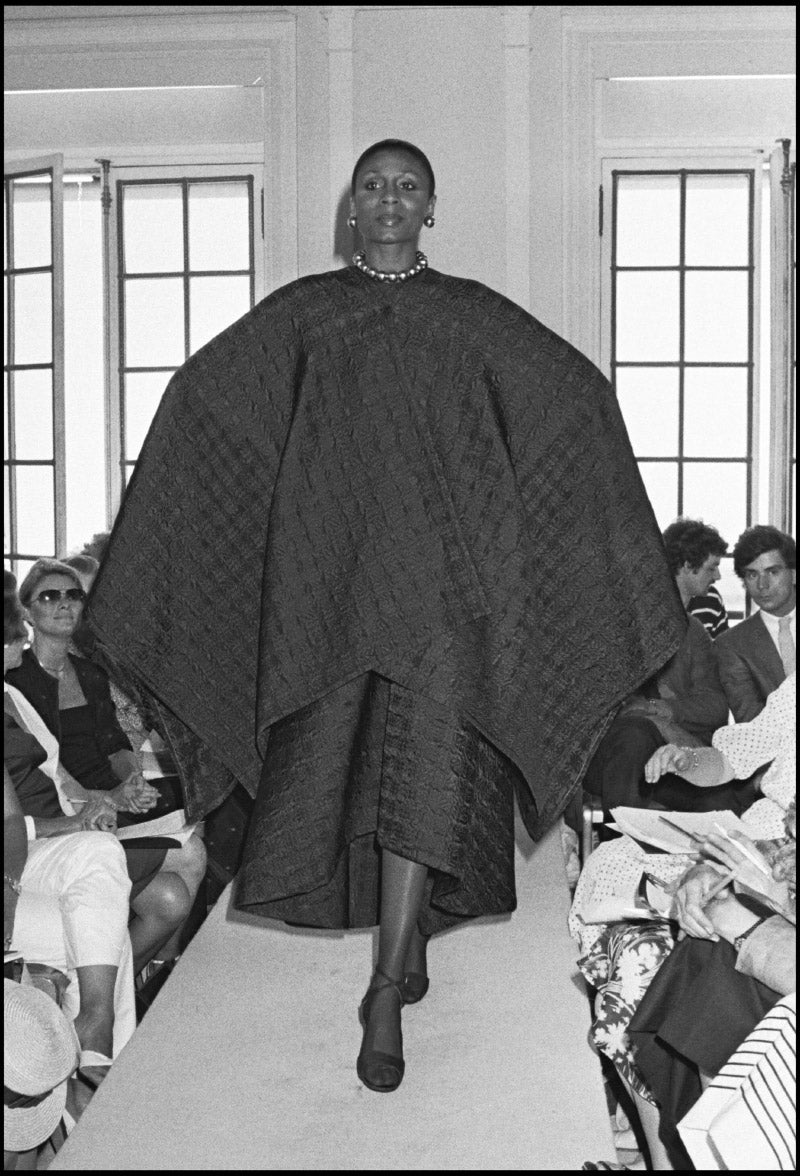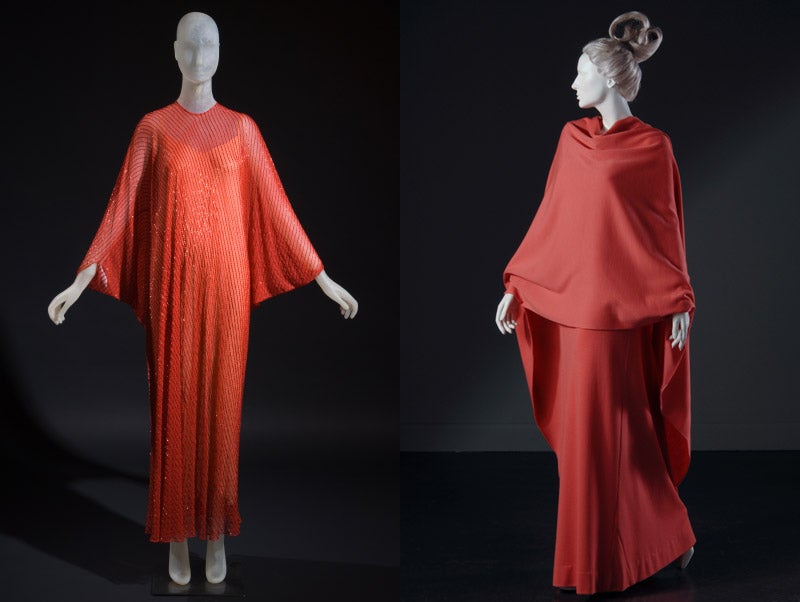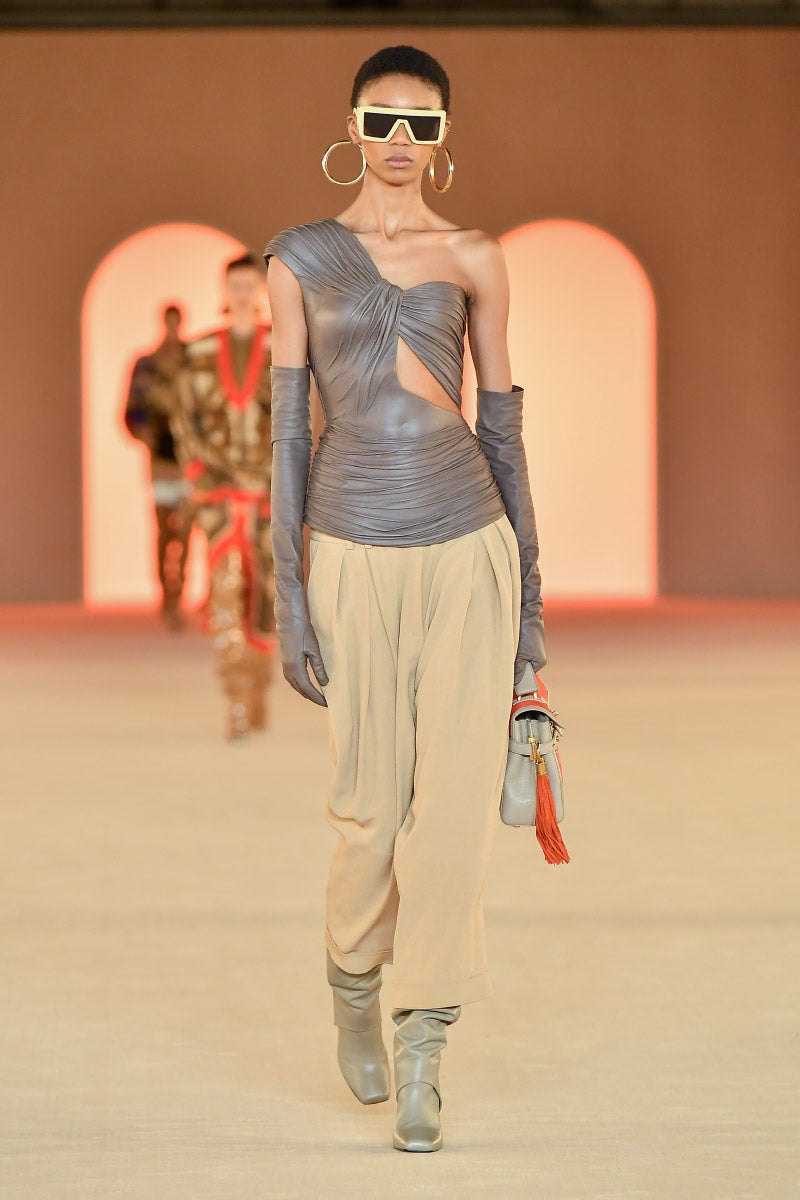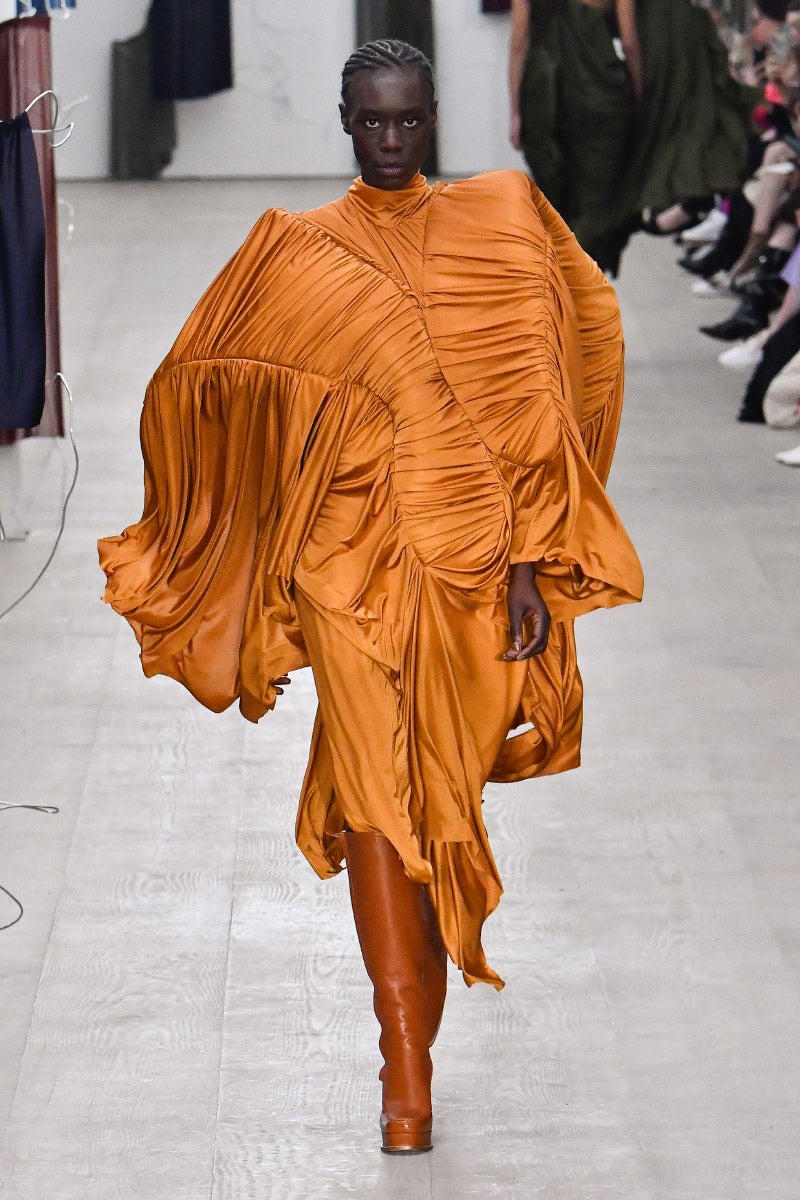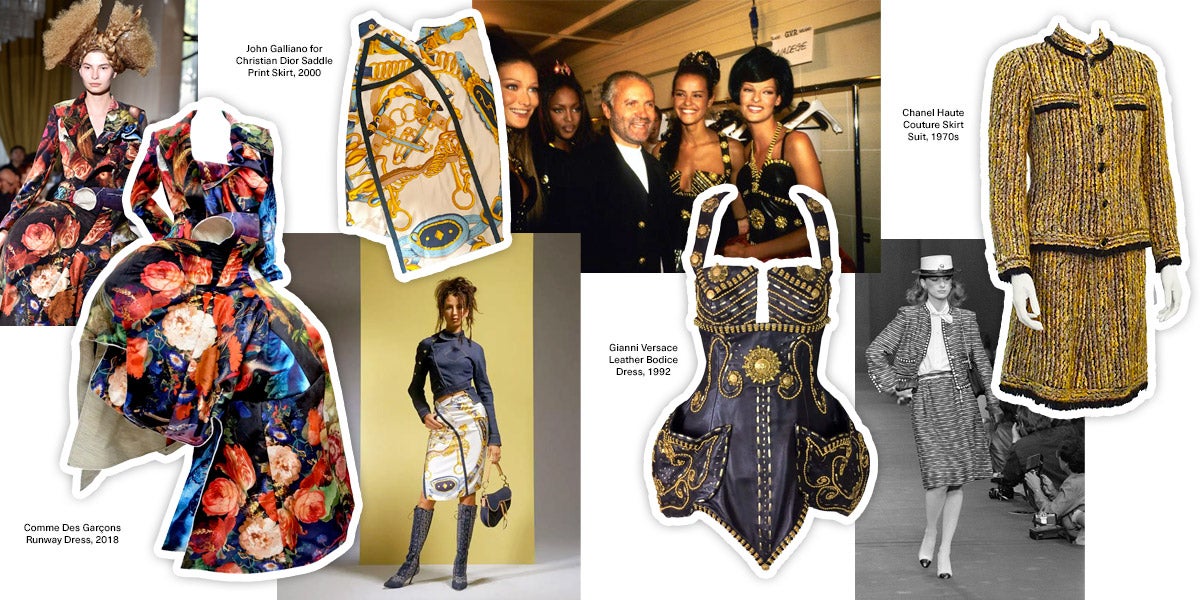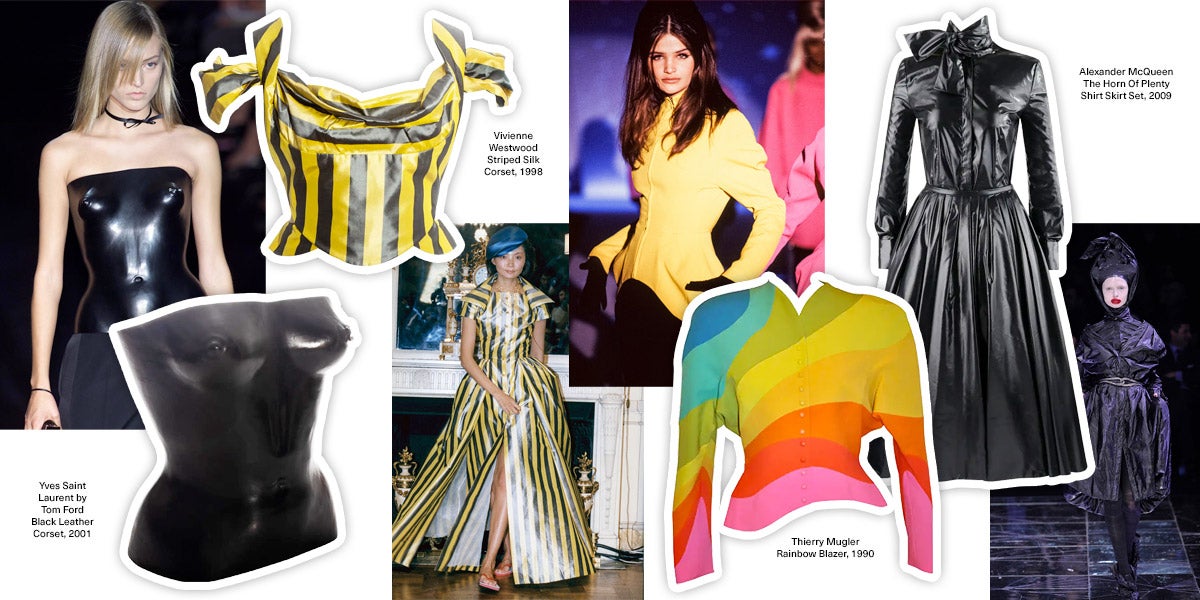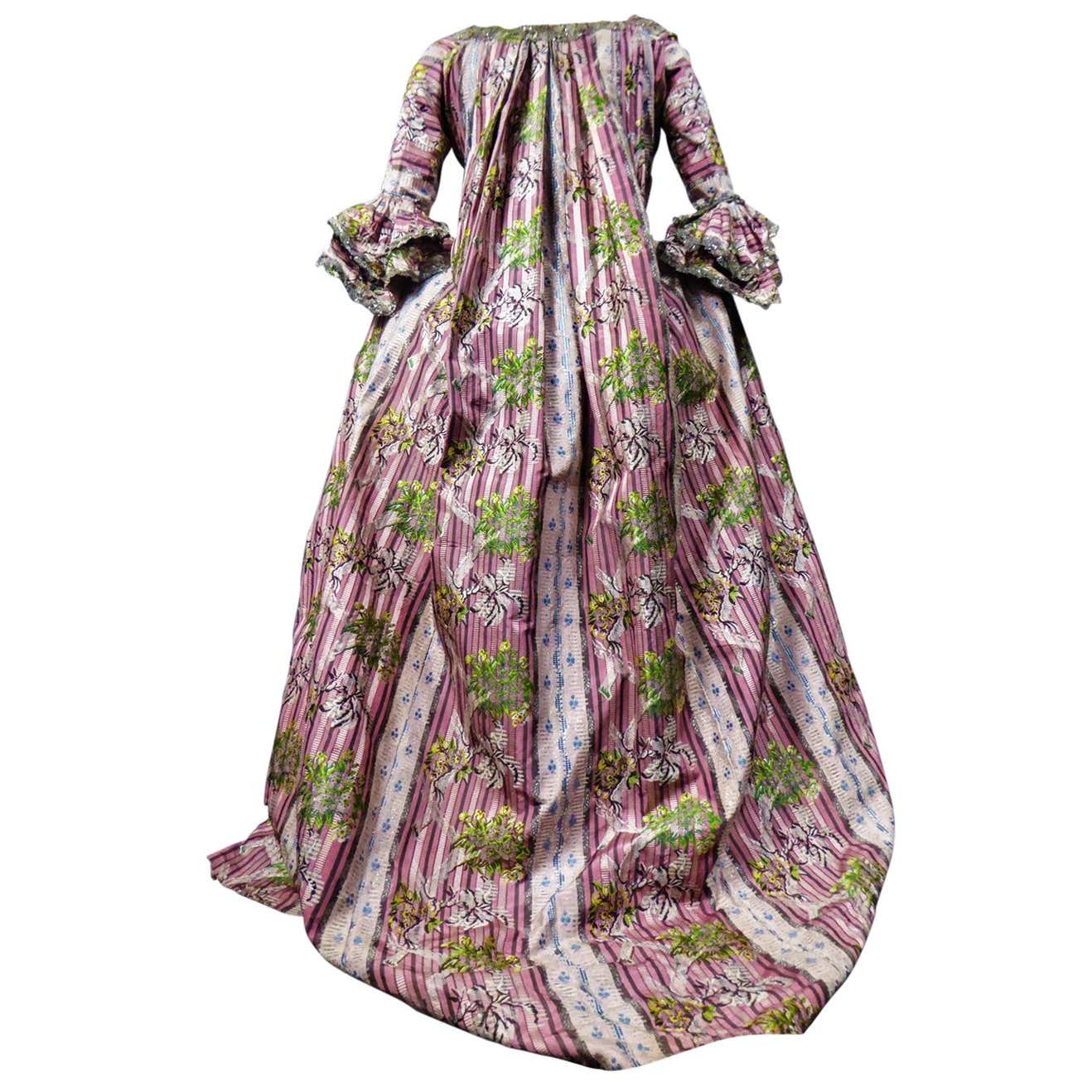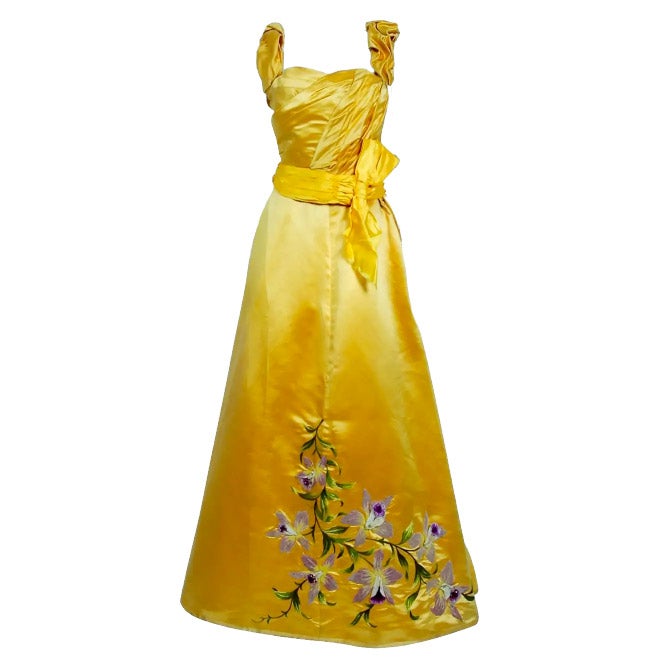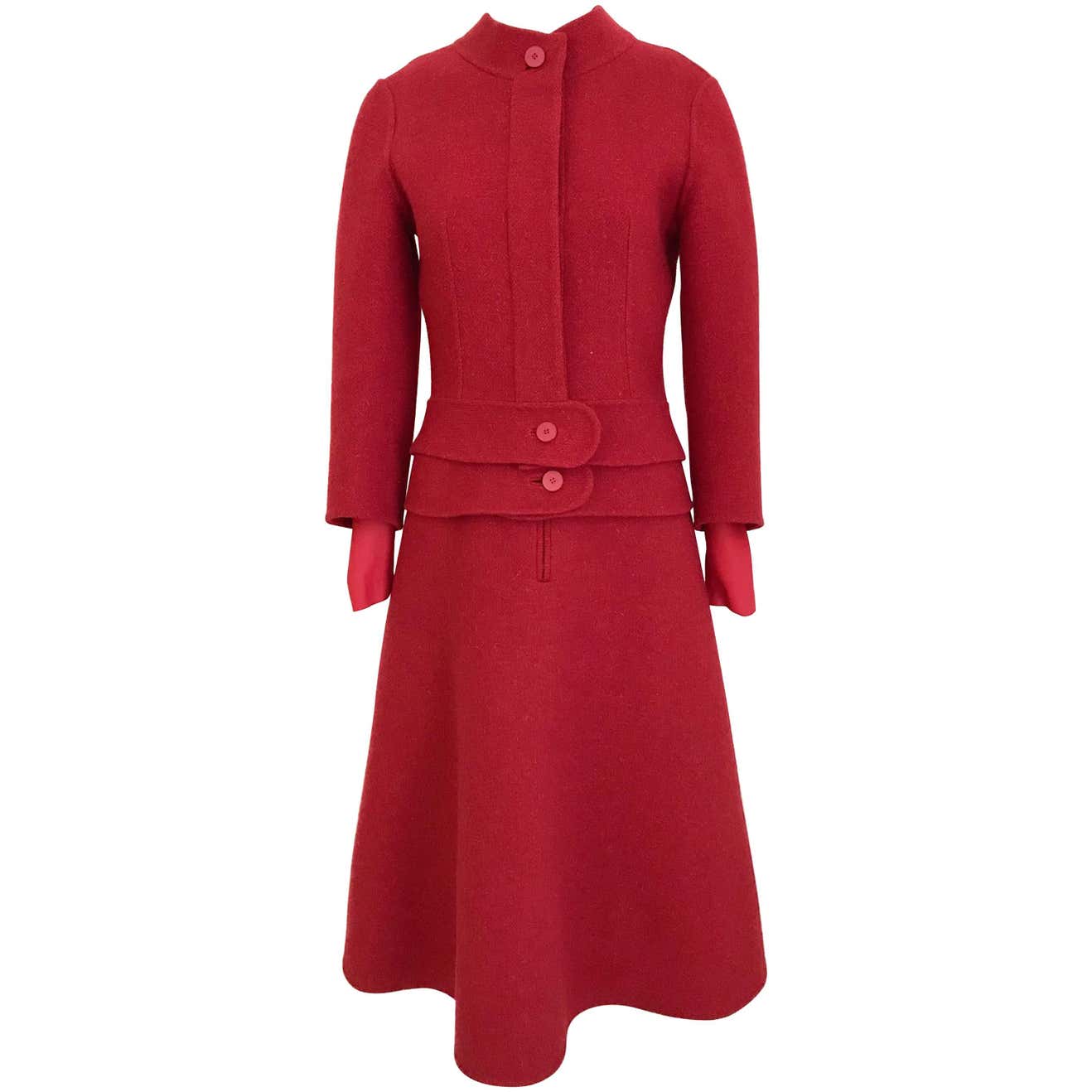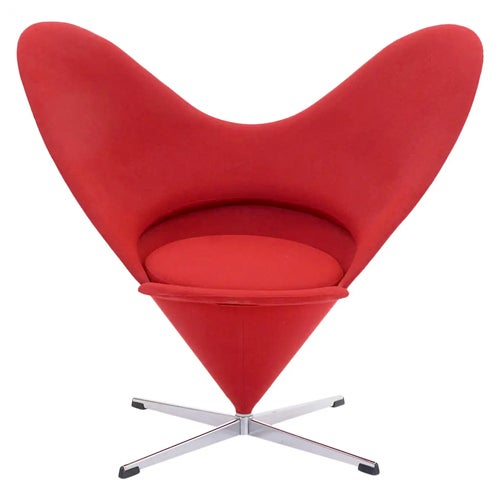2018
“HEAVENLY BODIES” OPENS AT THE MET.
Passionate interest in vintage design is no longer the purview of thrift shoppers and a handful of serious collectors. It is now seen as worthy of exhibiting in the world’s finest museums and, according to New York Magazine, this show helped confirm “the historical, even mystical power of fashion.”
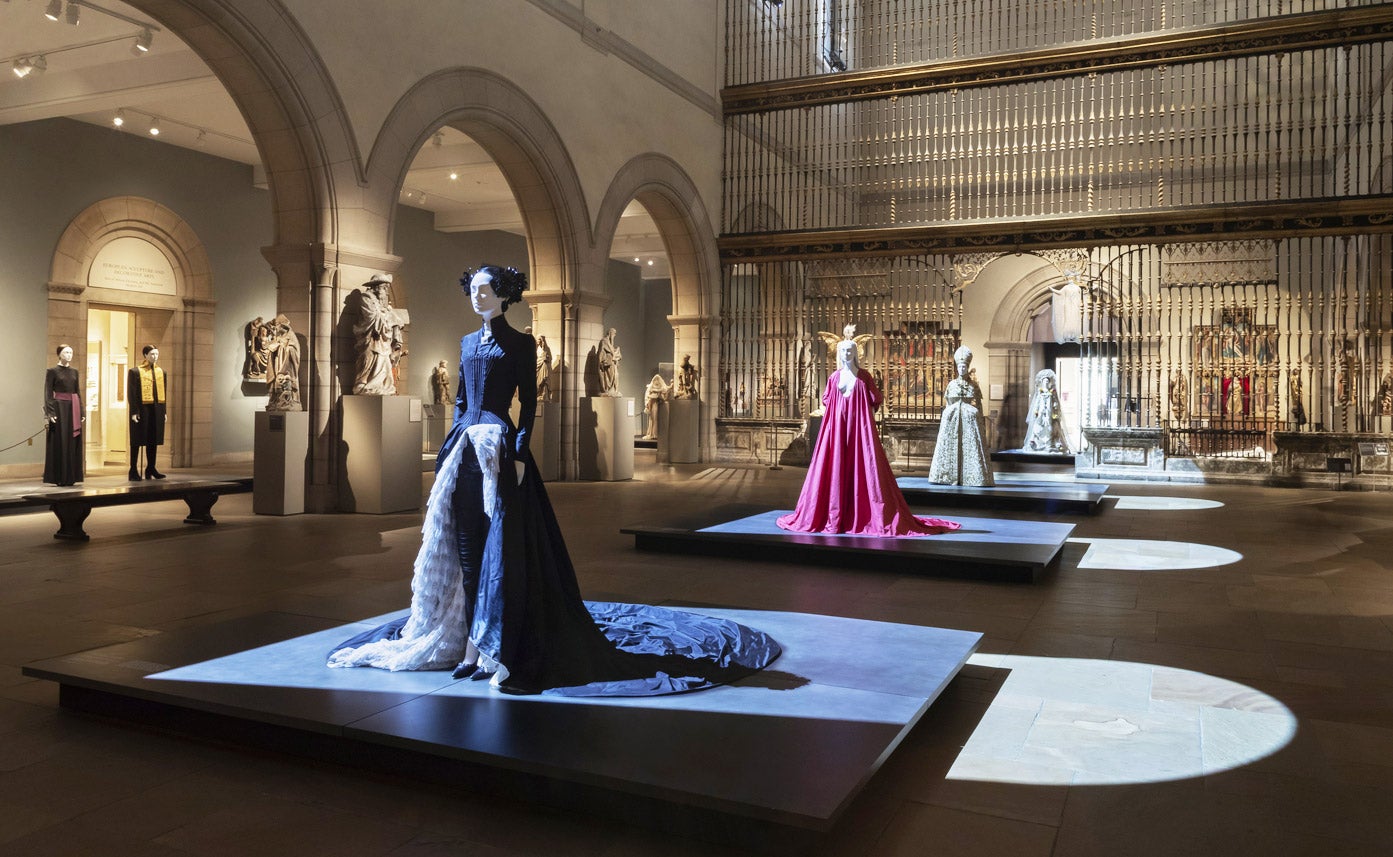
The legendary couturier Madame Grès aka Alix Barton (1903-1993) was known for turning ordinary fabric into classically inspired wearable sculpture, like this voluminous silk taffeta gown. Her designs appear frequently in museums and in the collections of serious fashionistas (and contemporary designers).
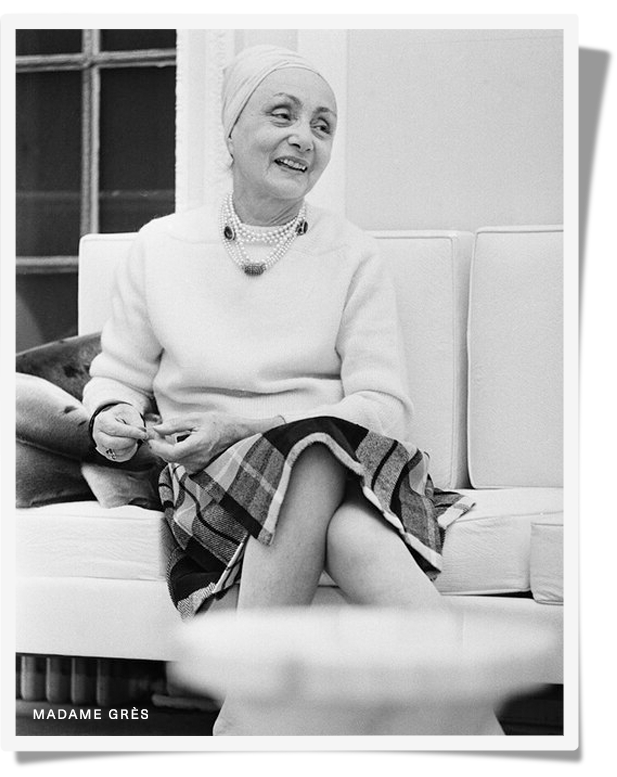
The legendary couturier Madame Grès aka Alix Barton (1903-1993) was known for turning ordinary fabric into classically inspired wearable sculpture, like this voluminous silk taffeta gown. Her designs appear frequently in museums and in the collections of serious fashionistas (and contemporary designers).

From Introspective
Owner Marci Rosenberg is determined to show that our sartorial choices are about more than gorgeous clothes — they reflect the issues of our times.
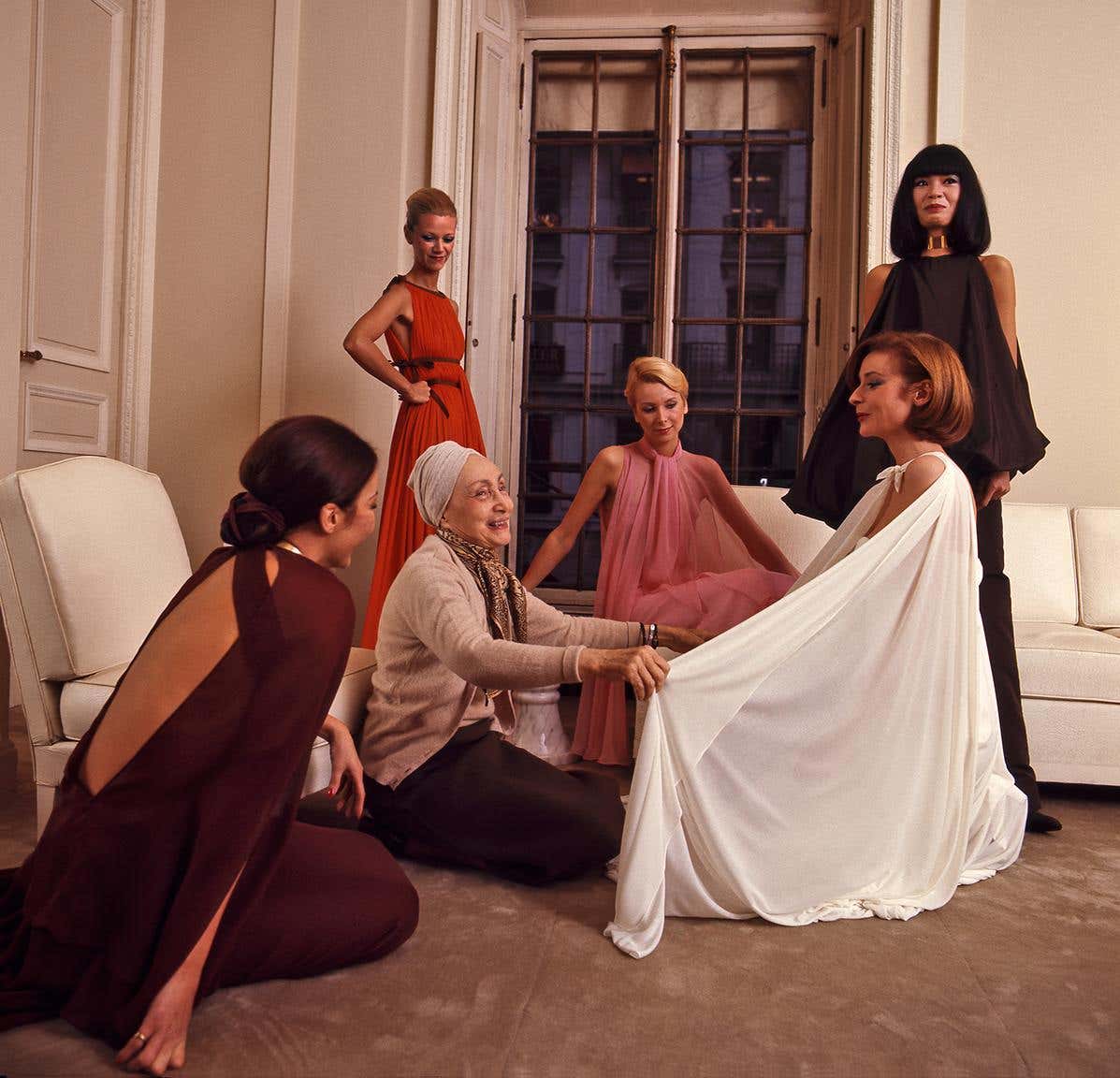
Fit for a Goddess: The Dresses of Madame Grès
“For a dress to survive from one era to the next, it must be marked with an extreme purity,” With these words, the iconoclastic Madame Grès summed up the genius of her remarkable evening dresses. Designed over the course of her 57-year career, they remain entirely modern today and continue to inspire designers with their style and construction.
If fashion is the icing on the cake, our sellers always curate something delicious. Below is a mere taste of the outstanding pieces you'll find on 1stDibs.
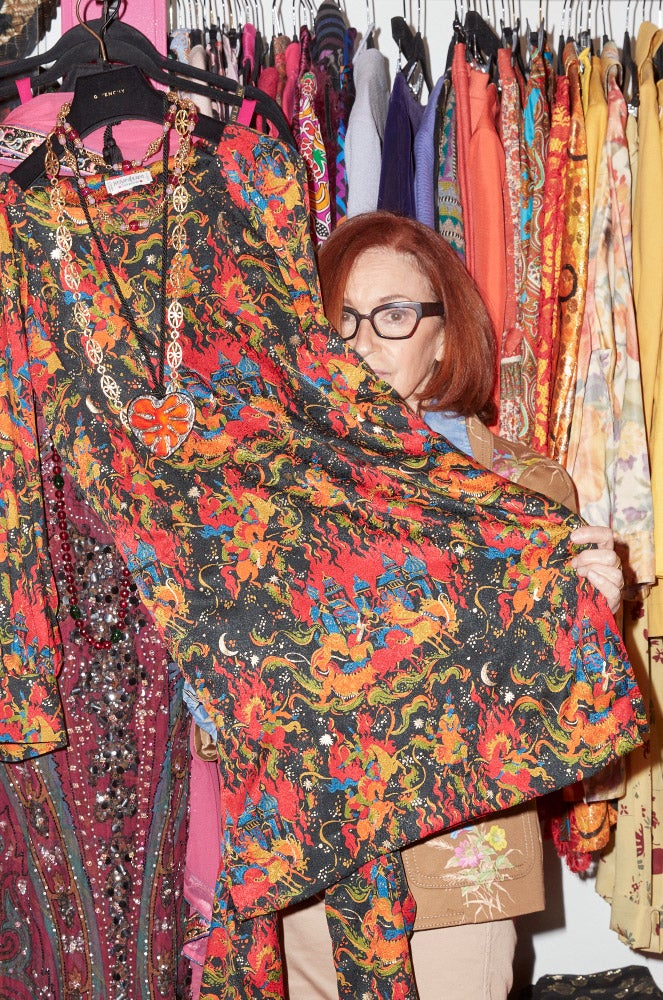
Seller Spotlight
Drawn from Childhood
"I love the print —it’s inspired by Russian fairy tales. It’s particularly dear to me because my family is Russian. I remember some of these images depicted on these little lacquered boxes my mother used to collect when I was growing up."
Marlene Wetherell,
Marlene Wetherell Vintage
Ever en Vogue
Fashion historian Kate Strasdin shares three museum-worthy pieces that are as rich in historical significance as they are breathtaking.
I started to work in museums with dress collections when I was 19 and I remember the first time I saw an 18th-century dress. The silk brocades of the mid to late 1700s are so special, partly owing to the complexity of their weave with silk designers reaching new heights in terms of skill, but also the quality of the cloth. Unlike some later 19th-century silks which were often treated with tin salts that could shatter the fabric, 18th-century silk retains its integrity and vibrancy.
This is a wonderful example of late 19th century couture which had developed into an important part of the French economy by this time. It is significant that this dress was made by one of the early female couturieres out of an industry that had been dominated by men. It is also a testament to the unnamed army of skilled women sewing and embroidering these garments, their work remaining but their lives uncharted. This has a beautiful spray of embroidered blooms creeping from the hem, hand stitched by the ‘petites mains’ the little hands whose work was renowned worldwide.
Tailored styles for women had grown in popularity from the 1870s but by the 1950s more designers were producing beautifully constructed garments that relied on exquisite pattern cutting to produce smart, pared-back garments. This red wool suit by Mme Grès plays with layers with a short crop jacket that sits on top of a sharp A-line dress. Madame Grès studied fine art and sculpting before entering the world of fashion and became most famous for her draped goddess-like gowns. She is arguably one of the most significant and influential designers of the 20th century.

